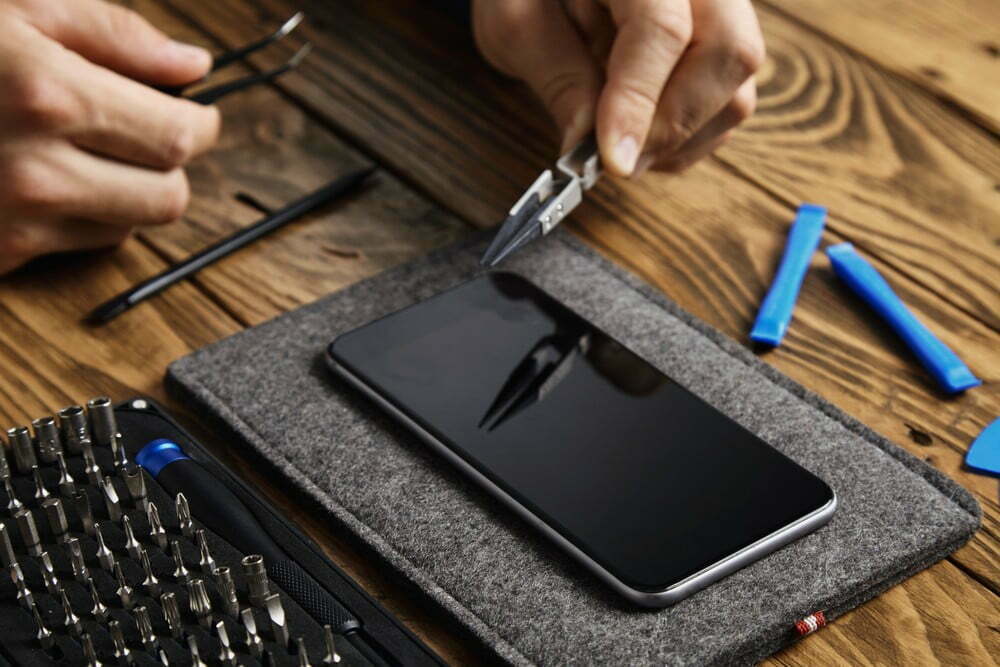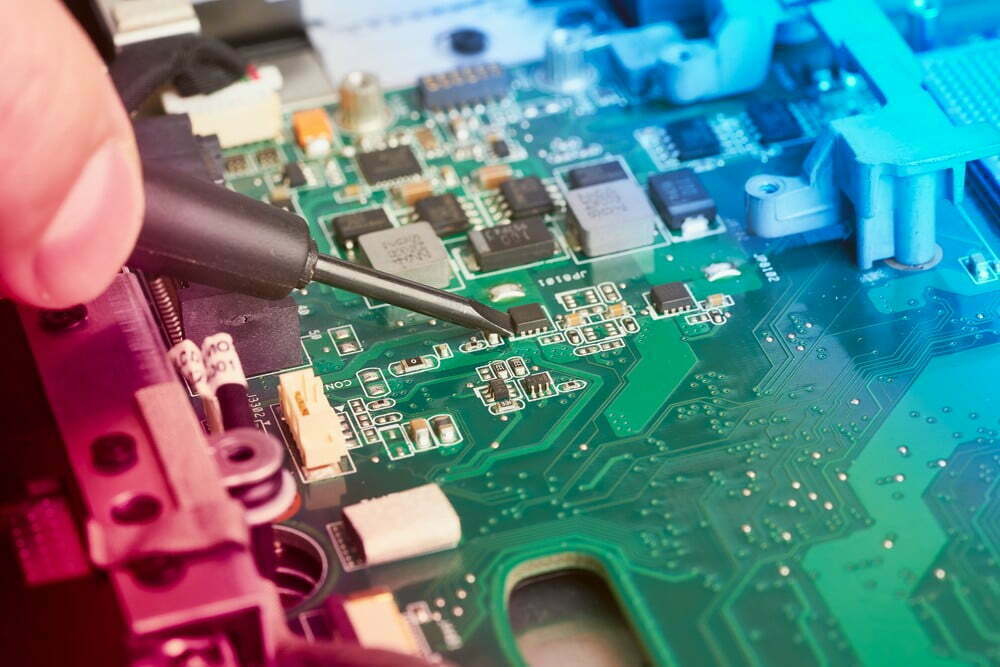You may have heard the old saying, “They don’t make them like they used to.” In many ways, it’s true, and top car and tech companies have recently come under fire for a practice called “Planned Obsolescence.” That said, you may wonder what is planned obsolescence? While it may sound new, it’s a business practice that’s been around for a while.
KEY TAKEAWAYS:
- Planned obsolescence is a business strategy that artificially limits the useful lifetime of consumer goods.
- Planned obsolescence is a regular business practice in the tech industry.
- There are multiple strategies to accomplish planned obsolescence, but they all contribute to e-waste.
Related: Learn more about your right to repair.
Is Planned Obsolescence Actually Happening?
Planned obsolescence is the practice of designing a product to break down and become less valuable over time. This is a common practice in the tech industry, with smartphone manufacturers like Apple and Samsung drawing scrutiny recently. For example, Apple was caught intentionally slowing down older iPhones via software updates. As a result, they were forced to pay a $27-million-fine for artificially shortening the lifespan of iPhones. So, yes, planned obsolescence is a regular business practice in consumer electronics and especially phones.
Examples of Planned Obsolescence
“Planned obsolescence”, also known as built-in obsolescence, is a blanket term for business practices that encourage consumers to replace instead of repair. Keep in mind, planned obsolescence is practiced by companies both big and small. All of it, unfortunately, contributes to massive amounts of unneeded e-waste. These are the different types of planned obsolescence.
Contrived durability
Contrived durability is the strategy of intentionally shortening the lifetime of a product through the use of shoddy parts and cheap components. The company knows which components will likely break. So they will often offer expensive repair services to nudge customers into buying a replacement device. And this is what lobbyists do to ensure the right to repair law works in many parts of the country. That said, no product will last forever, so broken parts aren’t always the result of contrived durability.
Prevention of Repairs
Sometimes companies will withhold necessary parts, tools, or diagnostic software to prevent independent repair of their product. Another way companies prevent repair is by making the cost of exclusive first-party repair comparable to buying a new device entirely. Finally, refusing to sell replacement parts or affordable maintenance. That is why many states now have the right to repair laws.
Programmed Obsolescence
Programmed obsolescence is the practice of intentionally disabling a product after the device is notified. A typical example is when inkjet manufacturers intentionally disable ink cartridges after a certain amount of pages, even if there is still ink in the cartridge. This causes a consumer to buy a new ink cartridge even though it could still print more pages.
Perceived Obsolescence
Perceived obsolescence is the practice of a company releasing a new redesign of a product even though it is functionally the same device. By introducing a slightly new model with a fresh look, a company can market the device as something desirable based on the current fashion.
Planned Obsolescence vs Functional Obsolescence
While planned and functional obsolescence might sound similar, they are not identical practices. Functional obsolescence is when a company releases a legitimately better product, making an older model the less desirable choice. Instead of being a manipulation tactic, functional obsolescence results from a company offering valuable innovation to the market.
How to Combat Planned Obsolescence
The most straightforward way to fight against the trend of planned obsolescence is to use what you currently have until it breaks. If your device malfunctions, seek out avenues for repair as long as it makes economic sense. Lastly, avoid buying electronic devices based solely on design.
F.A.Q.S
Is Planned Obsolescence illegal?
There are currently no laws in the United States that prohibit the practice of planned obsolescence. That said, some EU nations outlaw the practice.
Is planned obsolescence good or bad?
Planned obsolescence is generally seen as anti-consumer, and it leads to unnecessary e-waste.
Why is planned obsolescence bad for the environment?
Planned obsolescence contributes a massive amount of e-waste to the environment. Even though many e-recycling programs exist, the vast majority of e-waste ends up in landfills.
STAT: The lifespan of electronic goods is becoming shorter, with the number of defective appliances replaced within five years increasing from 3.5% in 2004 to 8.3% in 2013. (source)
REFERENCES:
- https://en.wikipedia.org/wiki/Planned_obsolescence#Contrived_durability
- https://www.youtube.com/watch?v=j5v8D-alAKE
- https://technologystudent.com/prddes1/plannedob1.htmlr
- https://www.hg.org/legal-articles/planned-obsolescence-should-be-an-offense-punishable-like-any-deception-33946
- https://www.be.unsw.edu.au/news/truth-behind-planned-obsolescence-product-design





























![Best Renters Insurances in [year] 22 Best Renters Insurances in 2025](https://www.gadgetreview.dev/wp-content/uploads/best-renters-insurance-image.jpg)
![Best Computer Repair Kits in [year] 23 Best Computer Repair Kits in 2025](https://www.gadgetreview.dev/wp-content/uploads/best-computer-repair-kit-image.jpg)
![Best Smartphone Repair Kits in [year] 24 Best Smartphone Repair Kits in 2025](https://www.gadgetreview.dev/wp-content/uploads/best-smartphone-repair-kit-image.jpg)
![Best iPhone Repair Kits in [year] 25 Best iPhone Repair Kits in 2025](https://www.gadgetreview.dev/wp-content/uploads/best-iphone-repair-kit-image.jpg)
![Best Windshield Repair Kits in [year] 26 Best Windshield Repair Kits in 2025](https://www.gadgetreview.dev/wp-content/uploads/best-windshield-repair-kit-image.jpg)
![Best Dent Repair Kits in [year] 27 Best Dent Repair Kits in 2025](https://www.gadgetreview.dev/wp-content/uploads/best-dent-repair-kit.jpg)